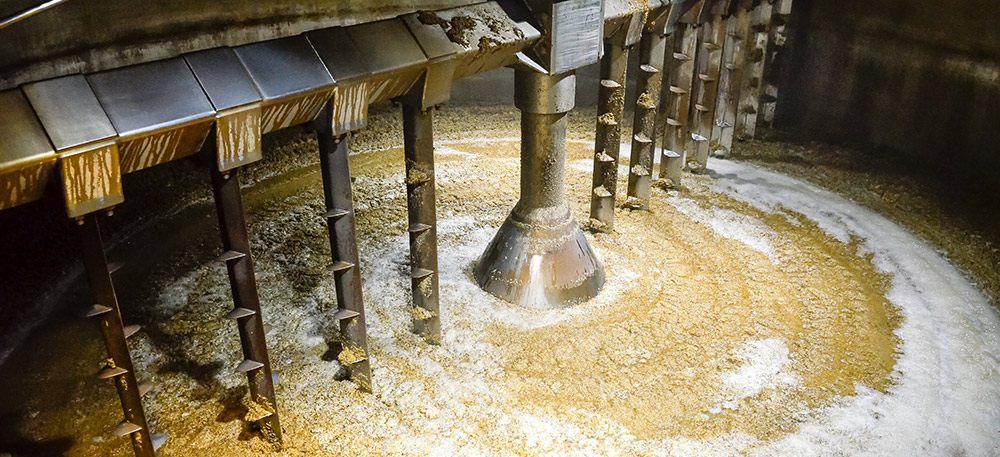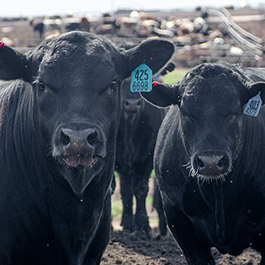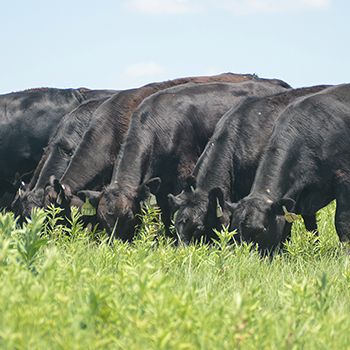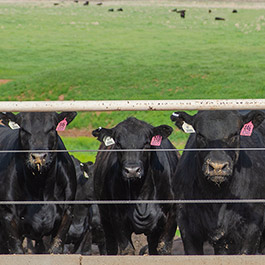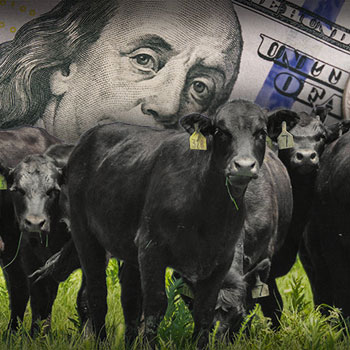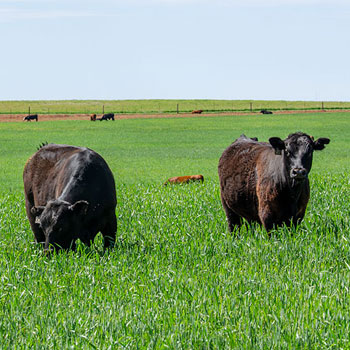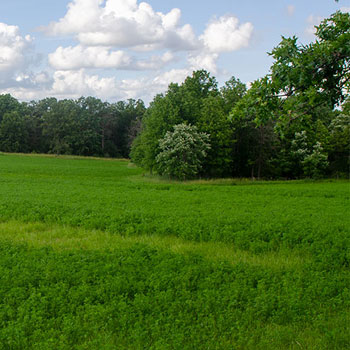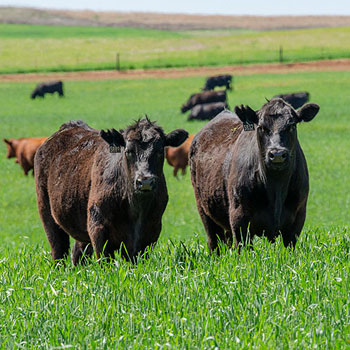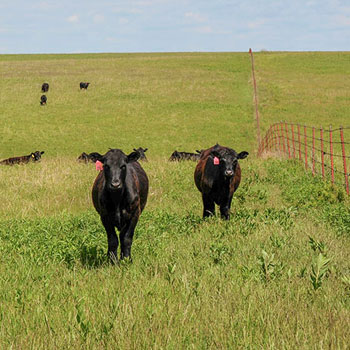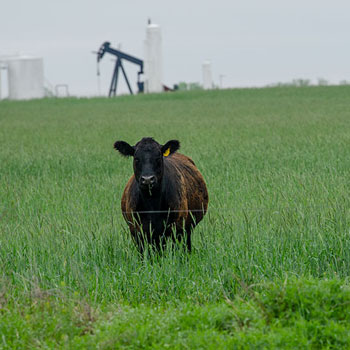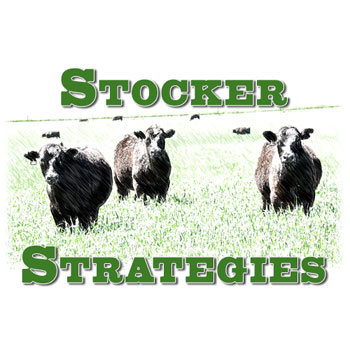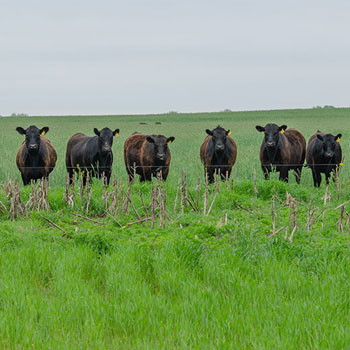Feeding Cattle Without Distillers’ Grains
Sinking oil prices may force cattle feeders to use alternatives for the most popular byproduct in the ration.
Since the advent of the ethanol boom in the upper Midwest, distillers’ grains (also known simply as distillers’) have become a staple ingredient in cattle rations. Known to enhance both ration palatability and animal performance, distillers’ grains are a natural fit for all classes of cattle, from feedyard to cow-calf production. Current low global oil prices, tight grain supplies and decreased fuel demand have cut the profit potential of fuel ethanol production. The resulting market pressure has forced some ethanol plants to close, at least temporarily, interrupting the supply of ethanol coproducts and mandating a quick move to feeding cattle without distillers’ grains.
